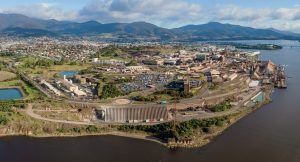
Start-up for Adani smelter
Adani Group subsidiary Kutch Copper has commenced operations at its new Mundra copper refinery and smelter, the company announced on 28 March. The company previously indicated an expected start-up by the end of Q1. The new smelter will help boost domestic supplies of copper, demand for which is robust from the construction, transport and power sectors in particular and likely to double by 2030, with the shift towards clean energy and electric vehicles. This first phase of the project will have around 500,000 t/a copper capacity, with a similar capacity planned to be added in the second phase by 2029.




